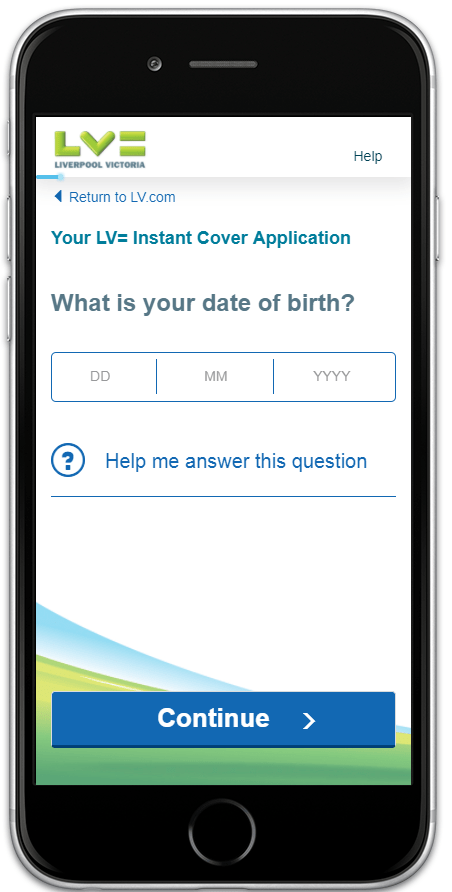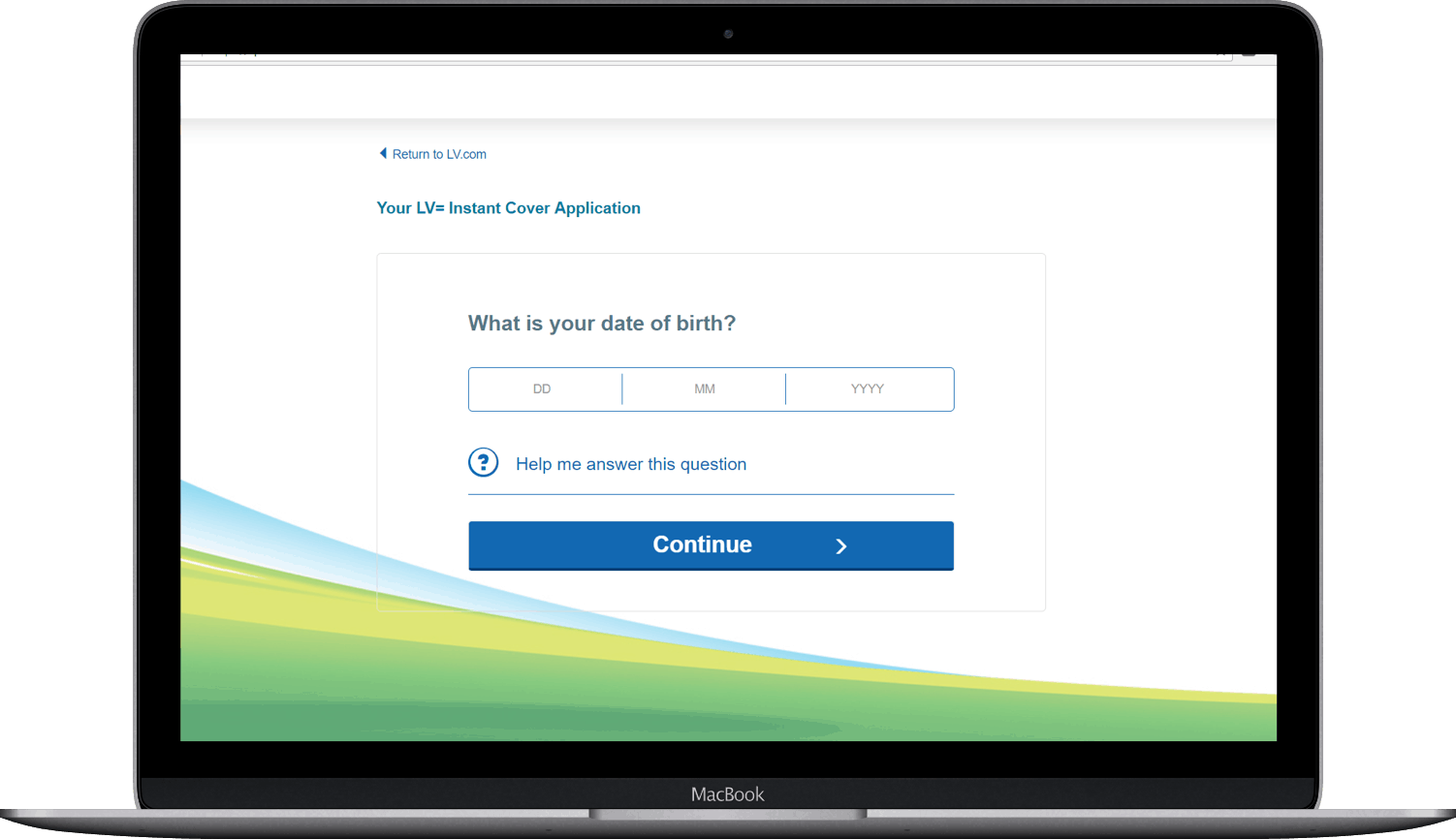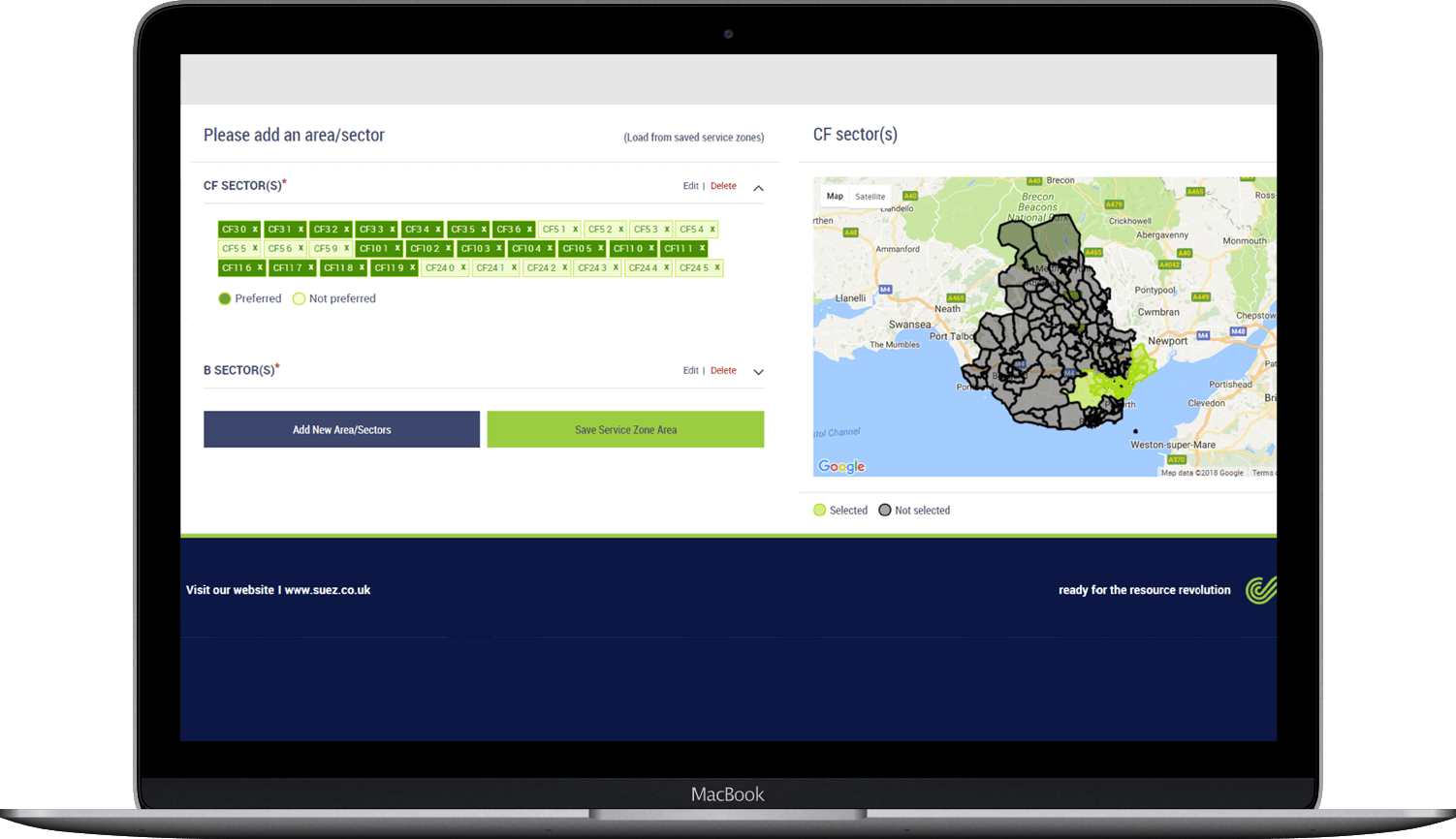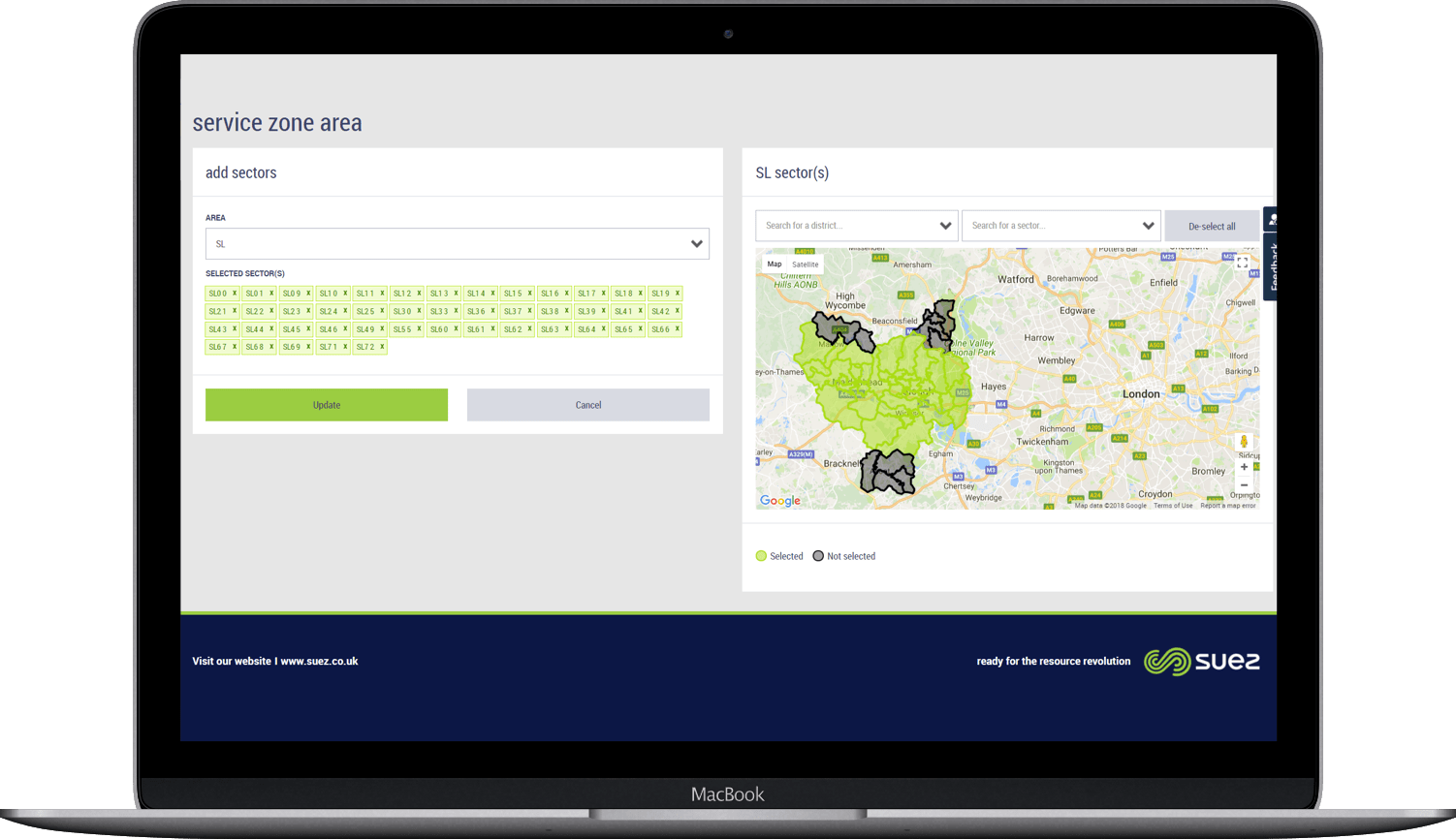 In today’s maker profile, we are featuring Mohammed Siddiqui, Principle Business Engineer/Scrum Master and Certified Mendix Expert Developer at AuraQ. Hear more about the applications he has built for companies like LV= Insurance and SUEZ.
In today’s maker profile, we are featuring Mohammed Siddiqui, Principle Business Engineer/Scrum Master and Certified Mendix Expert Developer at AuraQ. Hear more about the applications he has built for companies like LV= Insurance and SUEZ.
1. What is your education/professional background? Did you have any prior development experience?
I did my Bachelors in Computer Science in India and then came to the UK in 2010 to get my Masters in IT management, receiving my degree in 2011. I had no development experience prior to beginning my first job.
2. How were you introduced to Mendix? What was your initial reaction?
As part of my Masters, I had to select a RAD tool to use during one of the modules. There were three options available and I chose Mendix because it was completely new and I wanted to learn. The professor had given us a quick demo of each tool and, after comparing Mendix to the other two choices, I chose Mendix. I then had to build an application on exhibition management and this project was the beginning of my path to Mendix development.
I quickly realized how fast development could be with Mendix. I was familiar with Java before from my Bachelors, but this was amazingly quick development without having extensive technical knowledge. In my final dissertation, I wanted to explore more with Mendix. My dissertation became evaluating different methodologies and how a rapid tool within an agile methodology could make the development process quicker.
I compared traditional methodologies to agile and used Mendix as the development tool. I developed an app from scratch using Mendix and provided a how-to guide as part of my final dissertation and documentation. My conclusion was that Mendix development was unprecedentedly fast. I thought I would be spending time writing code and working separately on both the back-end and front-end but with Mendix, it is just one tool.
3. What was most helpful learning Mendix?
When I began using Mendix, the most helpful thing to do was to explore and discuss Mendix with my advisor who was fluent in the platform. Most of what I learned I discovered myself during the exploration of my dissertation.
4. What have you built using the platform? Which app/project are you most proud of?
There are many applications that I have built since I started using Mendix. When I started my career, I began as a C# developer but really didn’t like it. I received an opportunity at LV= and this is where I began my career with Mendix. While working at LV=, I built an application for an insurance product called QuickCover, a product that provides a quote and buy journey for customers to buy a life insurance policy in just a few clicks. It was a ‘test and learn’ application that allowed LV= to gather information on whether this type of application journey had a viable market in the UK.

The solution was a responsive application, available via mobile, tablet or desktop that navigated the customer through a simple set of underwriting questions and formed the quote and buy journey for the QuickCover life insurance product. The application is highly configurable, allowing LV= to tailor most components such as underwriting questions, pricing bands, and rates, cover and terms and business process rules. This configurable nature allows LV= to quickly adjust elements of the application as they learn more about users interaction with the journey. The application was developed in eight weeks and involved around ten members of the team, most of which were business users/stakeholders.

The product launch had a major impact on LV=’s core life insurance product with many customers preferring the simplicity and user experience of the QuickCover product over that of the core product. This generated lots of new ideas and different ways to improve customer experience (based on real customer feedback) across all product lines. This was one of the best and challenging projects, especially in terms of UX/UI design and implementation as we had to develop a configurable/responsive application that is easy to use by customers. I enjoyed resolving the challenges and was also responsible for the UX/UI design.
Another application I have built on Mendix is a community portal for SUEZ. In certain areas of the country, or for certain services, SUEZ recycling and recovery UK will subcontract waste collections using a number of different suppliers. Historically, this was managed via spreadsheets, which were used to onboard a new subcontractor and to manage rates for waste collections services depending on various variables such as waste types, geographical area, etc. This approach was time and labor intensive and SUEZ’s main objective was to digitize this entire process of onboarding and rate management by developing a community portal.
The community portal is an application that helps manage SUEZ’s subcontractor network. The portal aims at streamlining the process of subcontracting work so that SUEZ customers benefit from the strength of the company’s network while being able to rely on the same service levels and reporting they would get from a direct SUEZ service.
This portal gives a unique edge within the waste management industry and supports SUEZ’s ambition of being a ‘one-stop-shop’ and sole provider for all material and environmental customer needs.

Community portal was built in Mendix and involved six team members. The development for the first release was completed in eight weeks and the portal was live shortly after. In total, it took 12 weeks from an idea to go live. The first release provided functionality to onboard a subcontractor and manage their rate using the self-service function. Subsequently, we have now finished the development for the second release and this is scheduled to go live imminently. Here, we have designed and implemented auction management, where SUEZ can auction services and invite selected subcontractors to respond with their rates, set rate preferences based on the waste type and geographical area, and introduced the ability to provide progressive rates and several enhancements based on user feedback.

The application has been received extremely well by the business. The subcontractor on-boarding process, which previously involved a lot of time and manual spreadsheet management, has been digitized and minimal manual work is now required. Subcontractor rate management is completely digitized where subcontractors can provide and manage their rates using smart maps, clicking and selecting postcode sectors, district and areas at will. There was no existing platform available for subcontractor management, so this digital solution provides subcontractors ability to self- service and manage their company details and rates, and for SUEZ to manage their subcontractor network. The second release will add lot more value to the business, as this will give more control and capabilities that will benefit SUEZ to meet their objectives of digital transformation and improvement of customer service.
5. Have you had any “aha moments” using Mendix?
There have been many “aha moments” using Mendix, but for now, I will share one of my favorites. I have worked on various projects that were delivered six to ten times faster than with traditional development. Once, I had to deliver an app for a client, and during the initial phase of the project, we had to provide estimations on how long it would take to implement using Mendix compared to if that solution was implemented using pure Java code base. I came up with the estimations based on client requirements and the Java developers came up with their estimates.
We immediately found their estimates were too high and required several different resources and experts, increasing the cost by a huge margin. On top of this, they were not able to make the app fully configurable based on business requirements. Comparatively, my estimates with Mendix development were six times faster delivery with fewer resources required, resulting in low cost. With Mendix, the application could be fully configurable to their requirements. This comparison was a big aha moment for me, where I realized just how much faster Mendix development was compared to traditional development.
6. What advice would you give to other Mendix developers?
Something that I have been doing over the years and recommend is to keep trying and never lose hope! The Mendix community is very helpful, reach out to them on the Mendix forum for help. Discuss your thoughts on solutions and logic with your colleagues to get their views, they may have different approaches to implementing a solution. Keep your logic simple so that other developers can understand it easily (don’t forget to annotate wherever required) and try to develop reusable microflows/modules, etc. wherever possible. Think, if you are doing the same thing twice, then maybe it requires refactoring so that it can be reused in the same app or maybe across different apps. Keep refactoring your app from time to time to make sure that your app is not moving towards technical debt or becoming a legacy app. Last but not the least, keep yourself updated with latest app store content, modeler releases, and the Mendix community and keep sharing your good work!
7. How has Mendix made your life easier/better?
Mendix empowers me to provide solutions to business problems and deliver them rapidly. Almost all the required building blocks are available for me on the app store in terms of widgets and modules that save me a lot of time and allow me to focus completely on business requirements and deliver solutions rapidly to the business. With each Mendix release, there are always new features that will make my life easier. Some examples are the latest addition of Nanoflows, desktop modeler look & feel, Web Modeler, Atlas UI, the REST publish feature which saves a lot of hassle and time and allows you to publish REST service in a few clicks. Another one of my favorites is expressive conditional visibility and editability – this is one of the best features that made my day-to-day life very easy, as I no longer need to have different Boolean attributes just for the sake of visibility/editability. It’s a very small but powerful feature.
8. What are your interests/hobbies outside of work?
I love playing cricket and I play for a local cricket club in regional divisions. I also play badminton, love to cook and travel. I spend most of my time outside of work with family, but if I get some extra time I have a passion to learn and explore new things and see if I can apply them to my work. I like exploring UX/UI in my spare time to learn new capabilities and have already applied many learnings in most of my projects.

